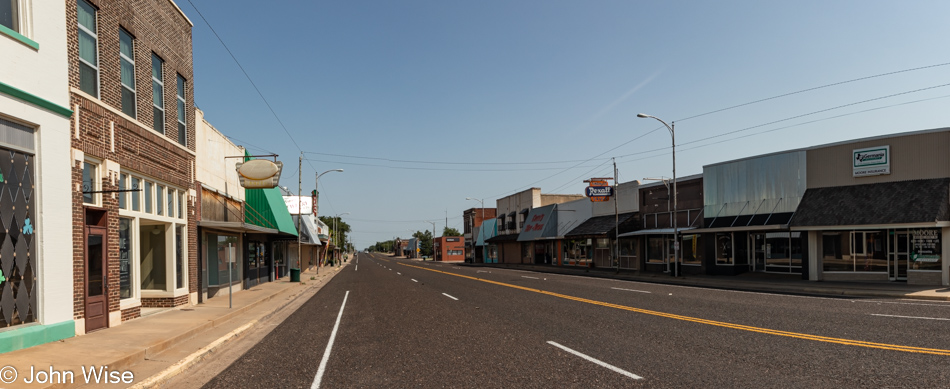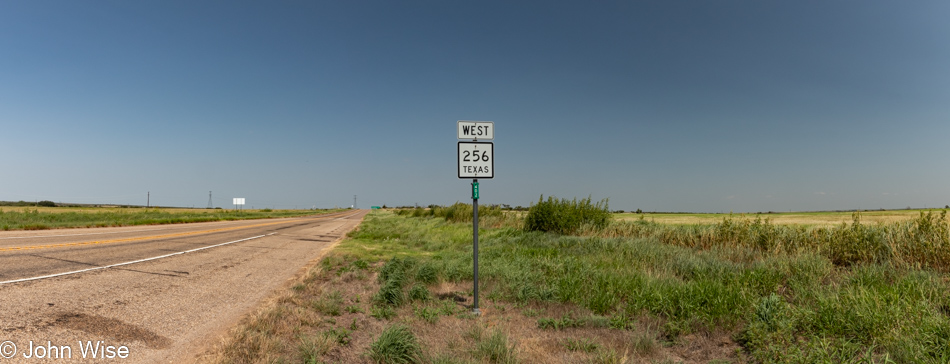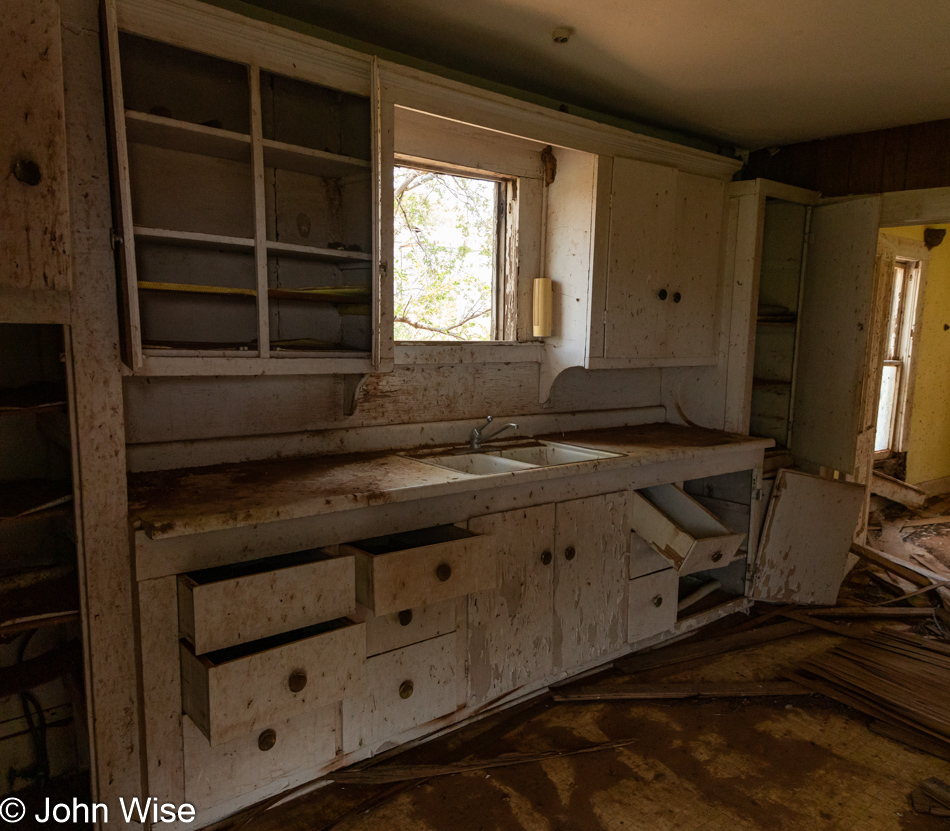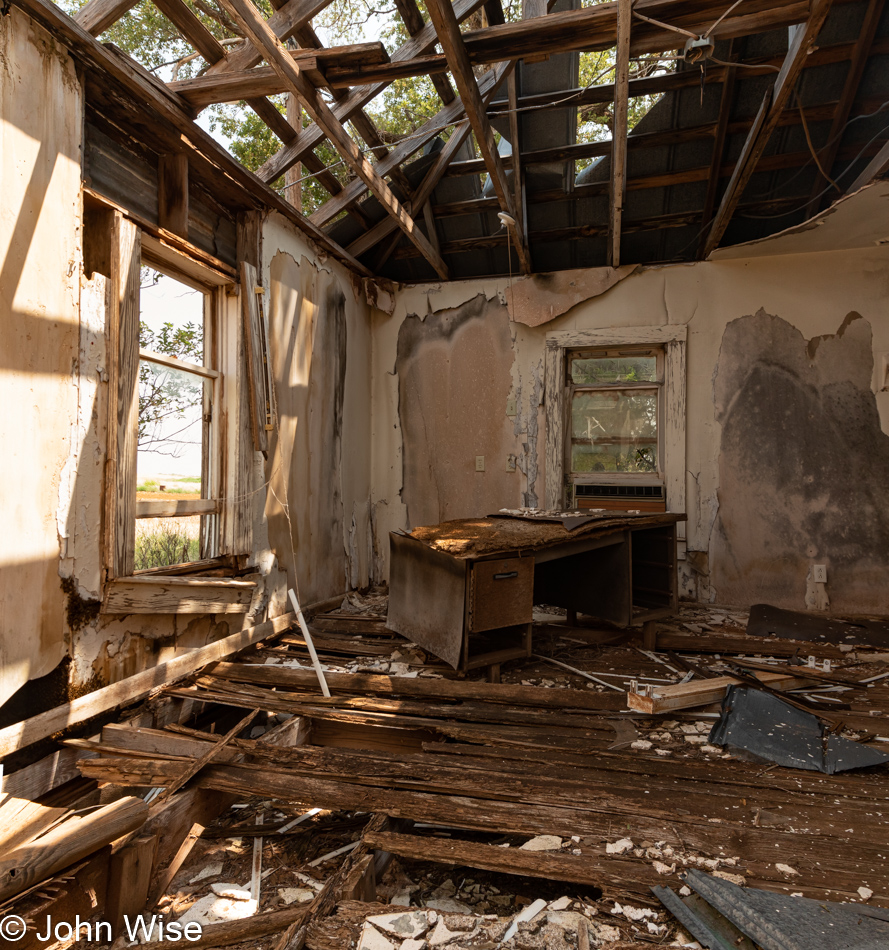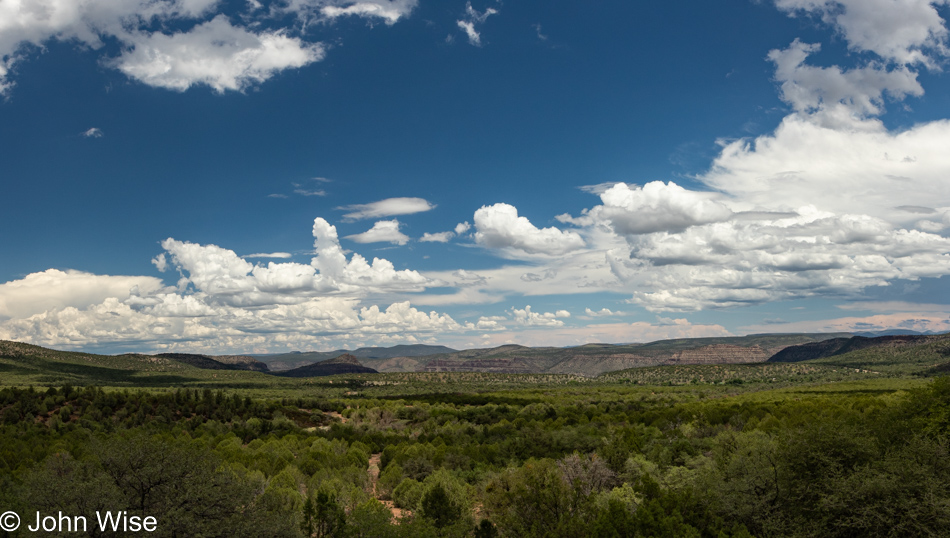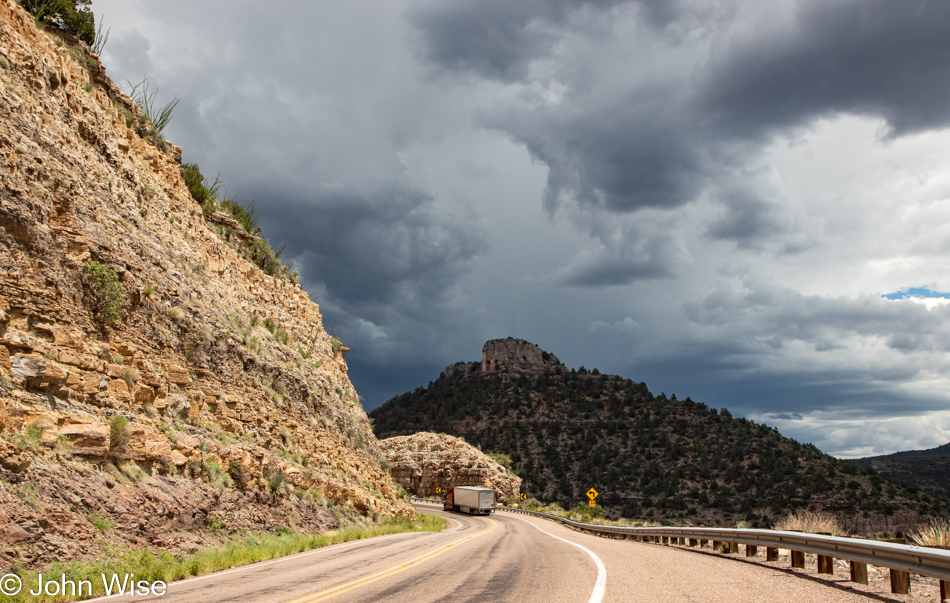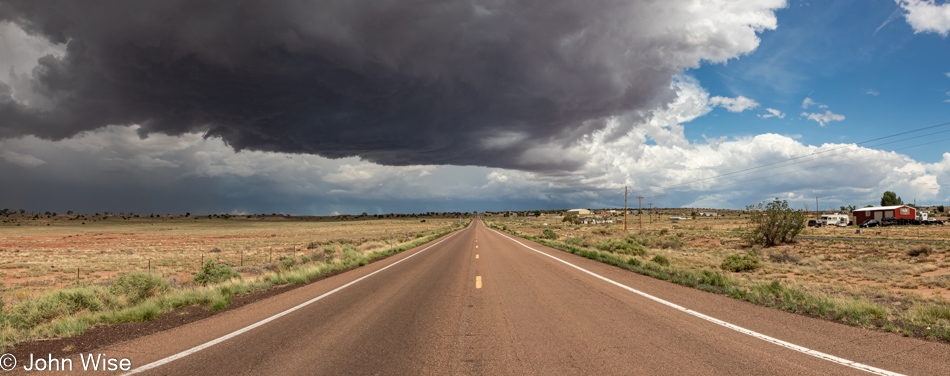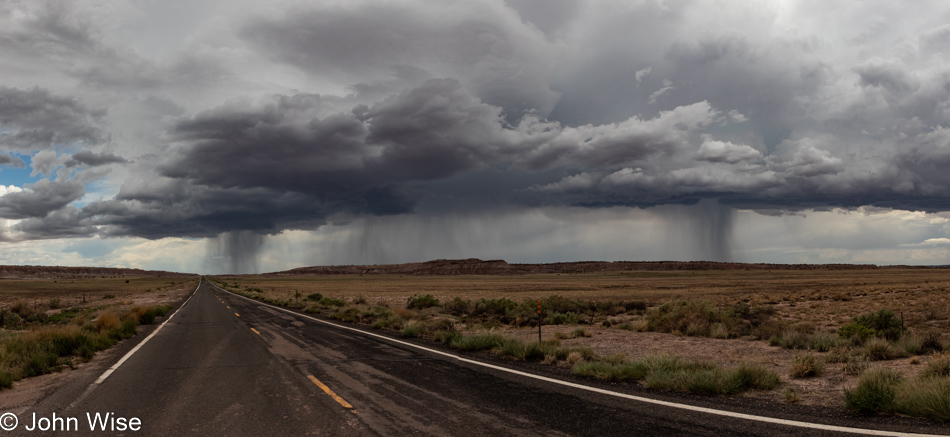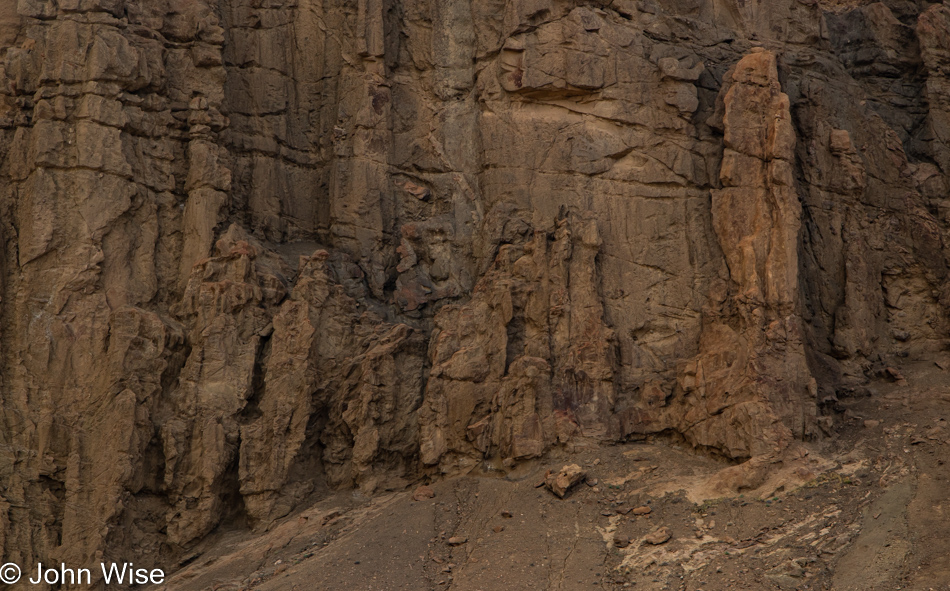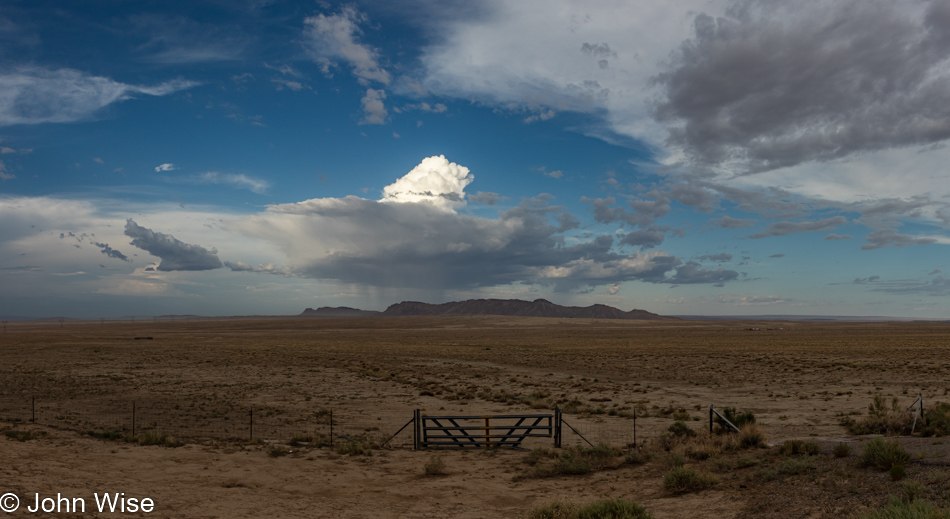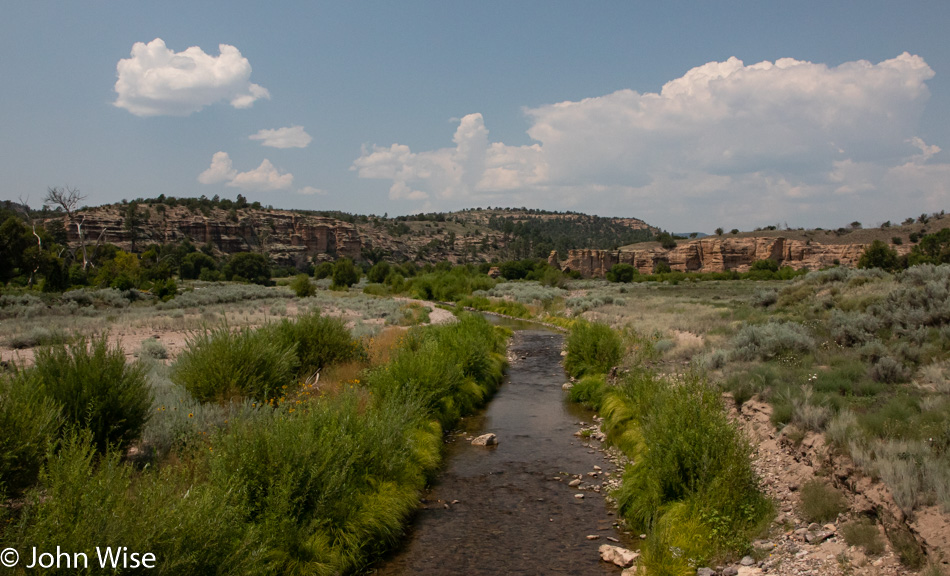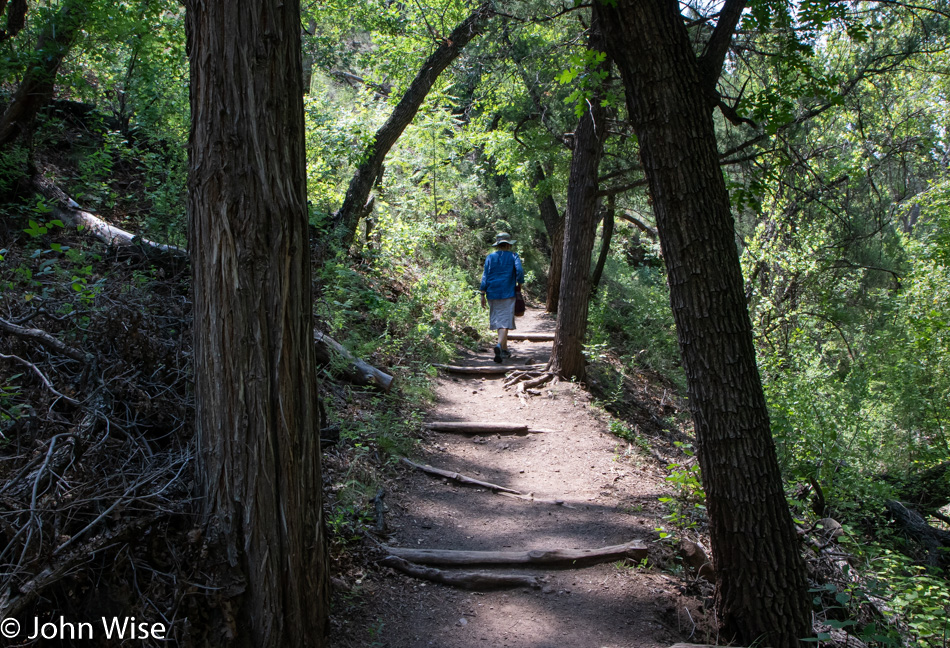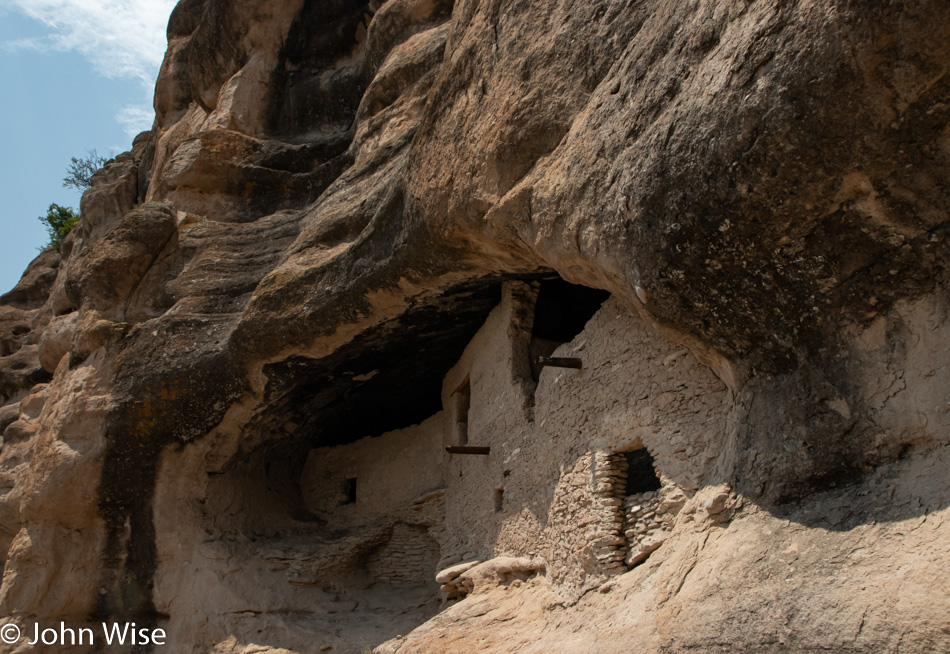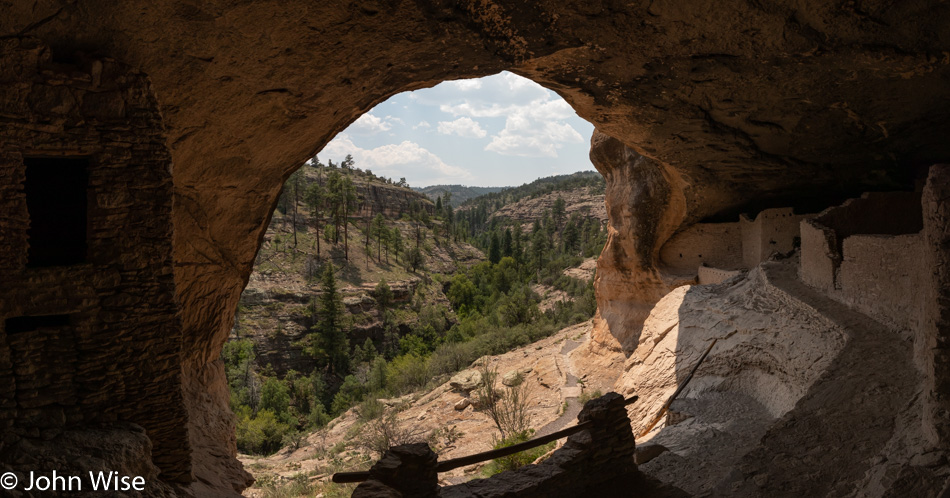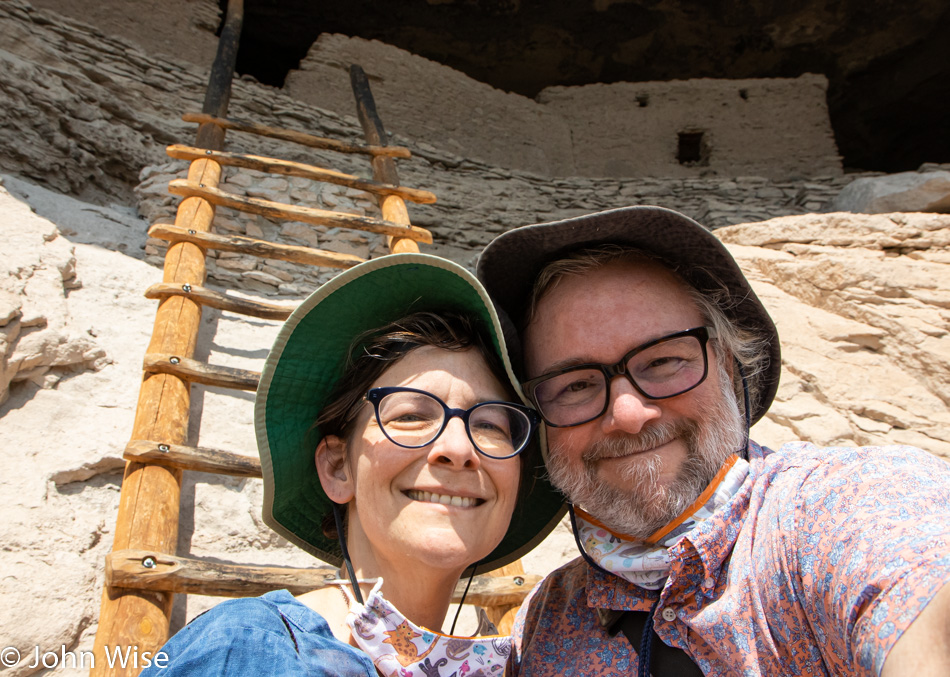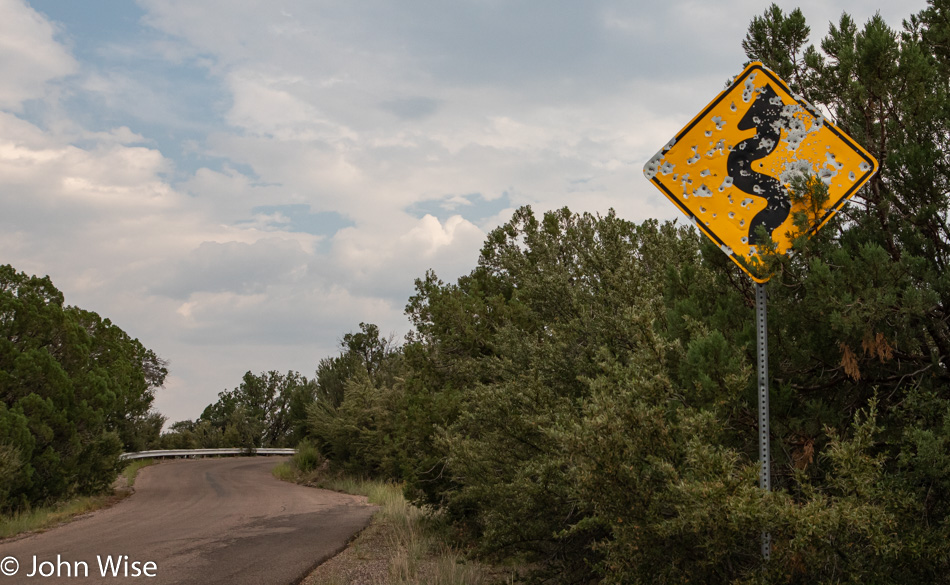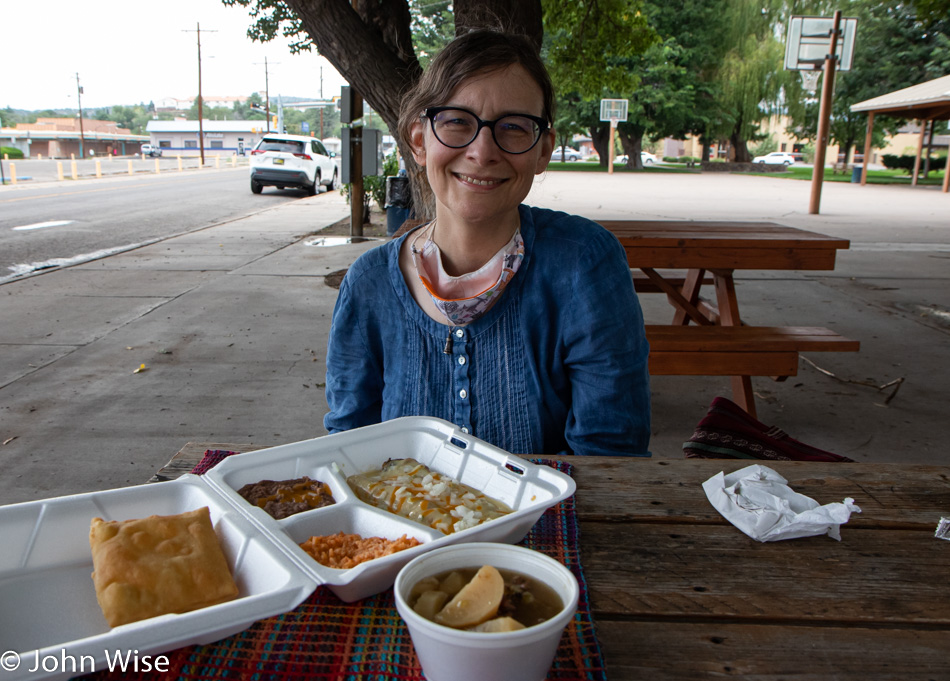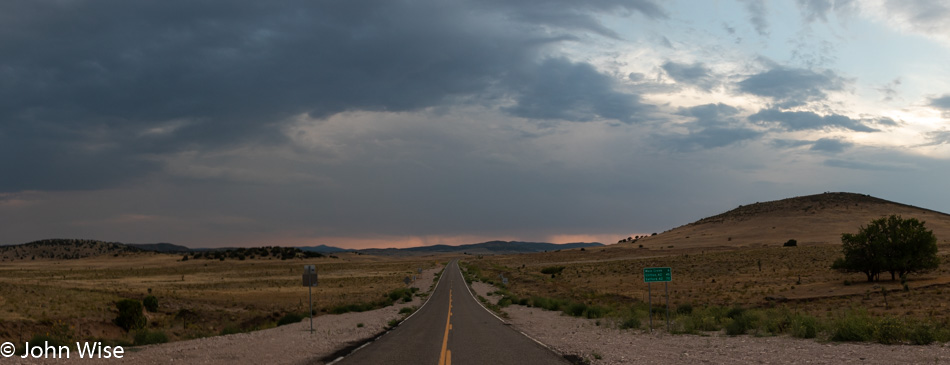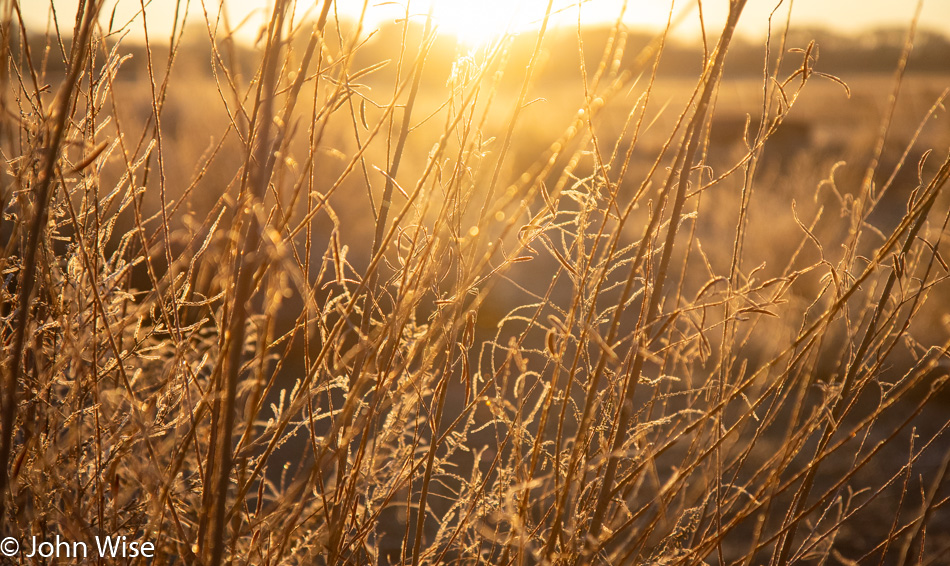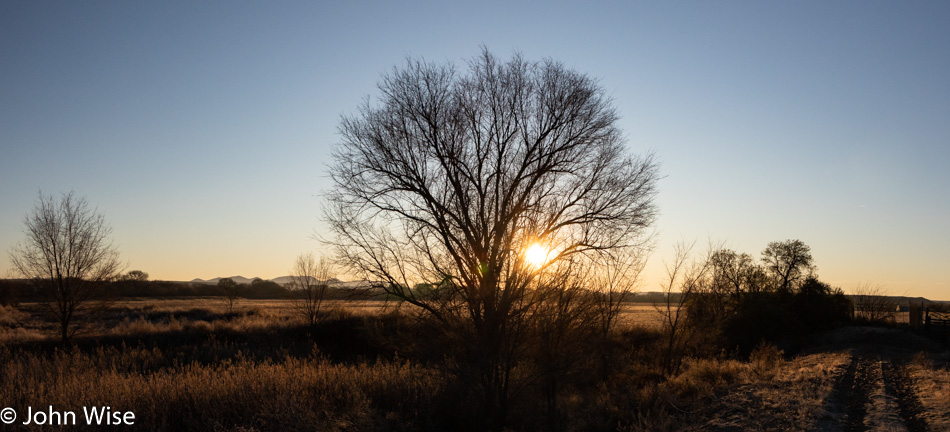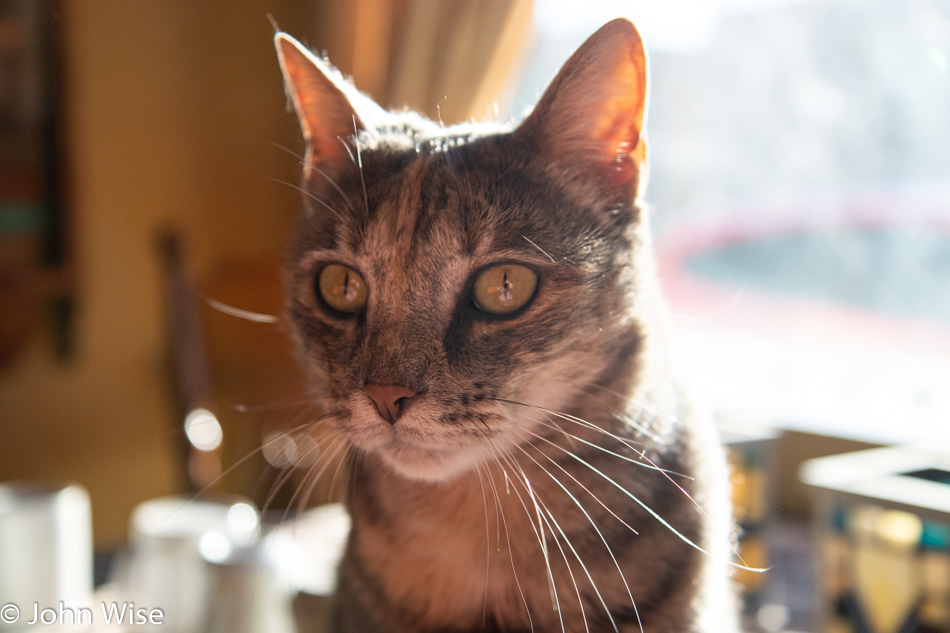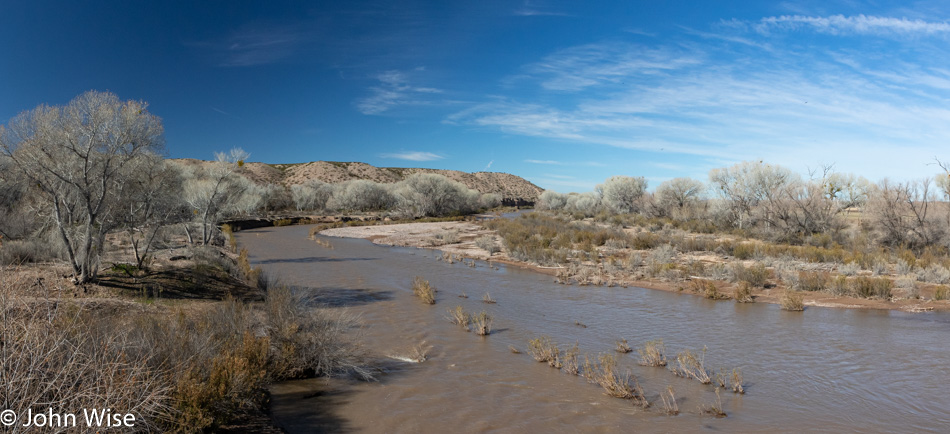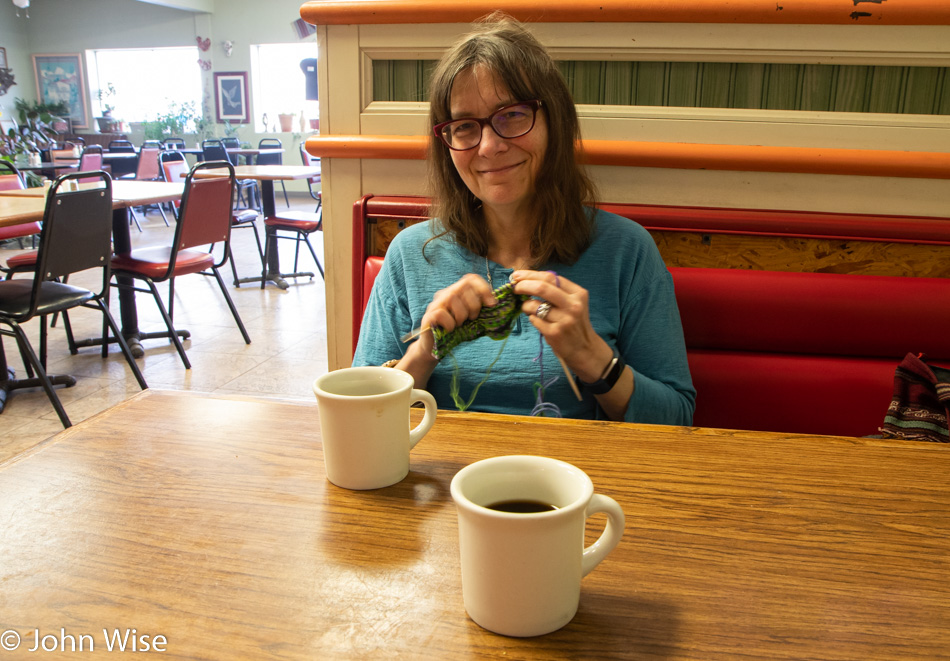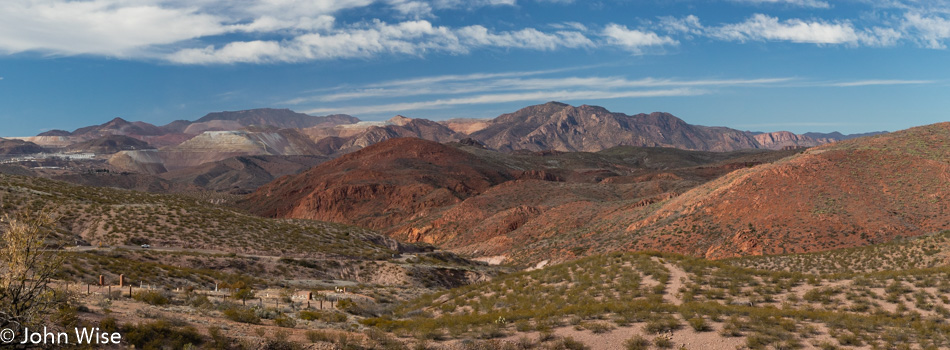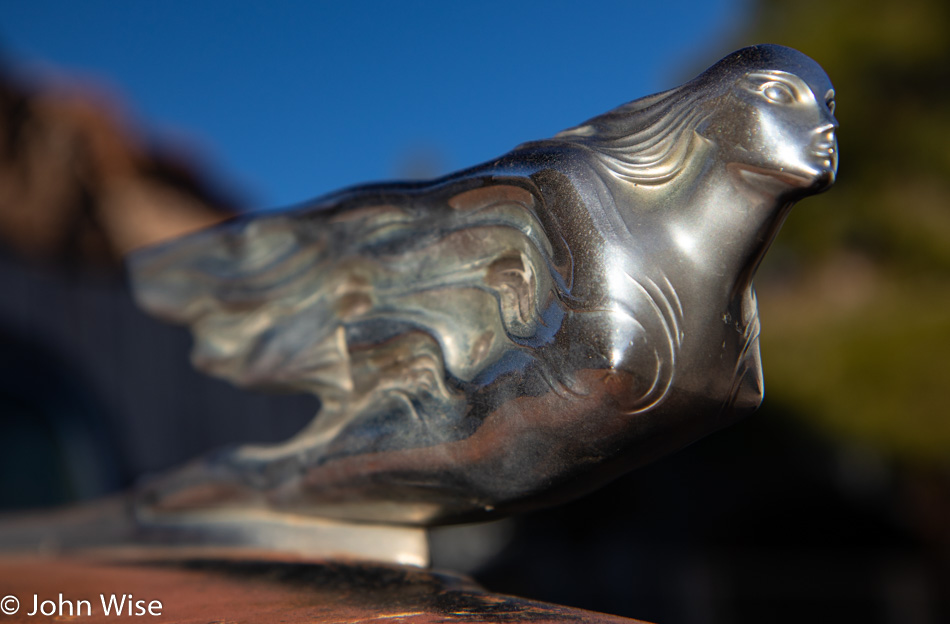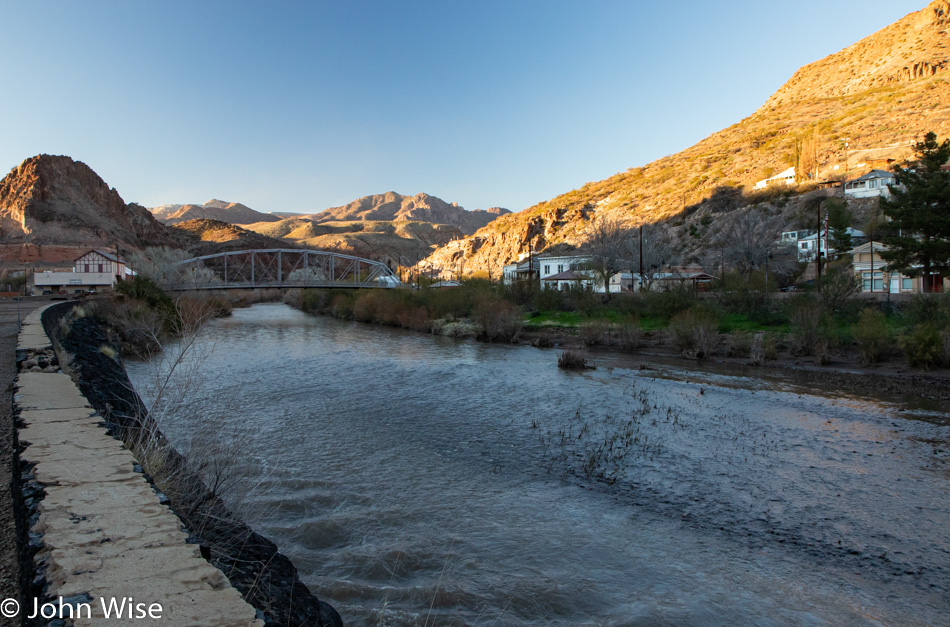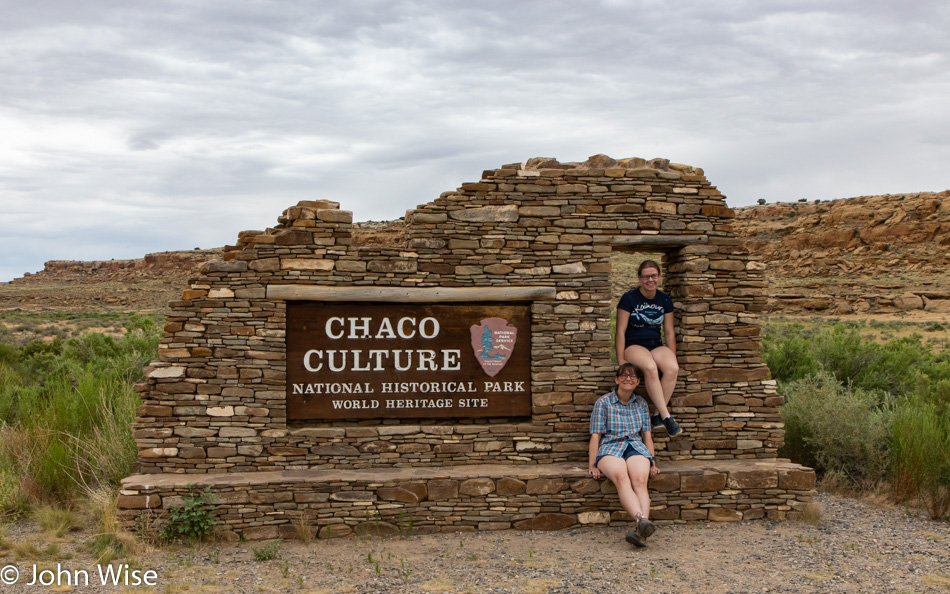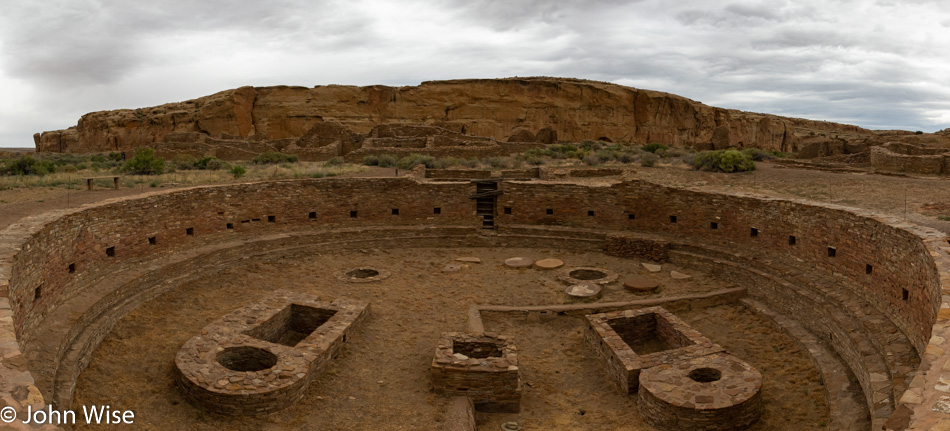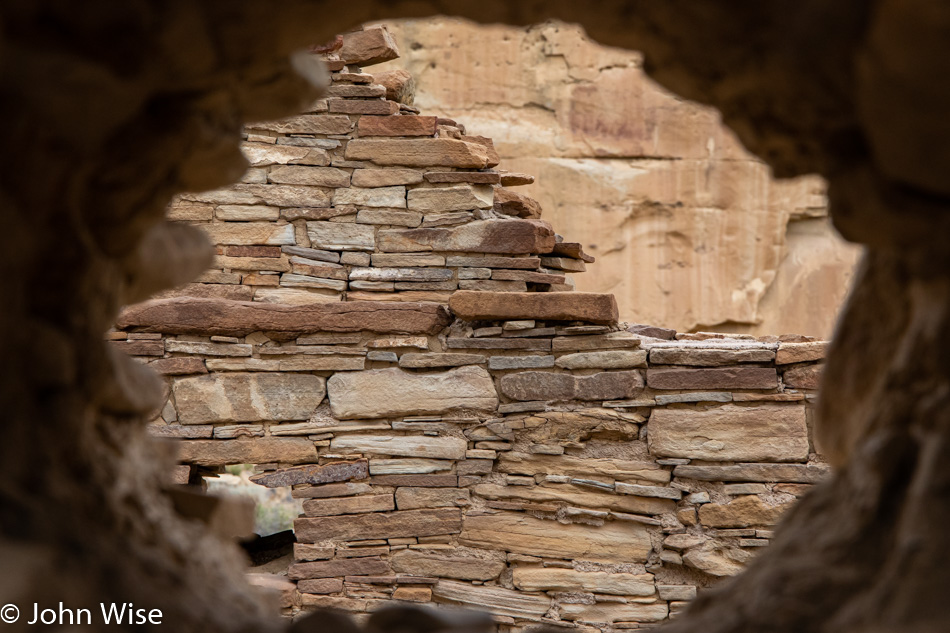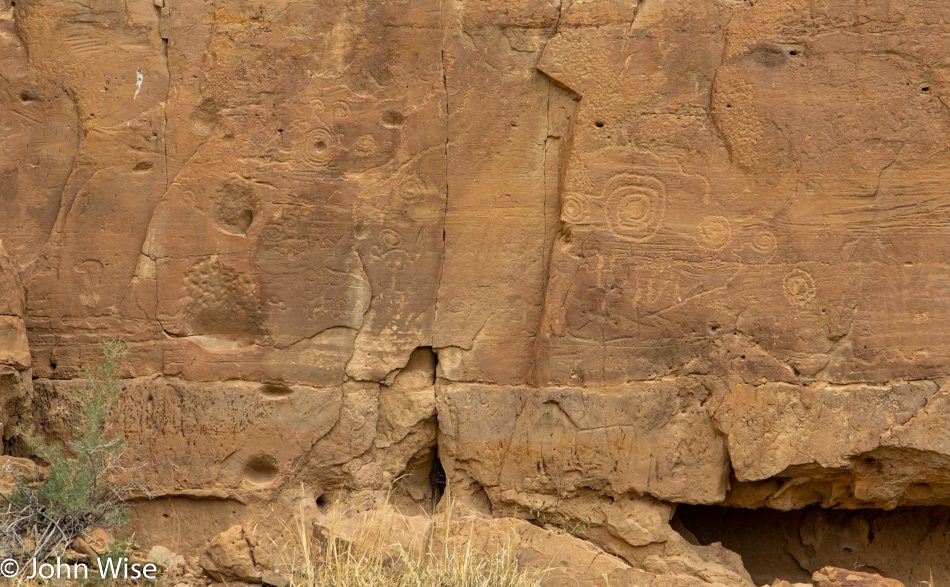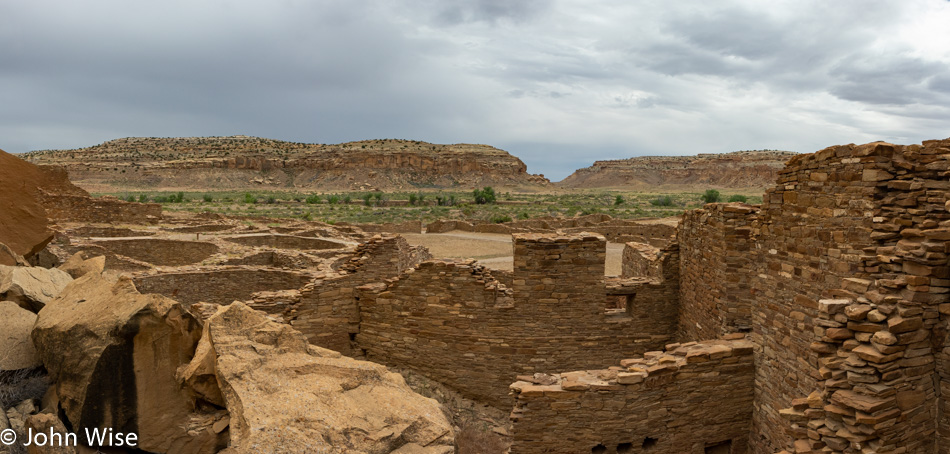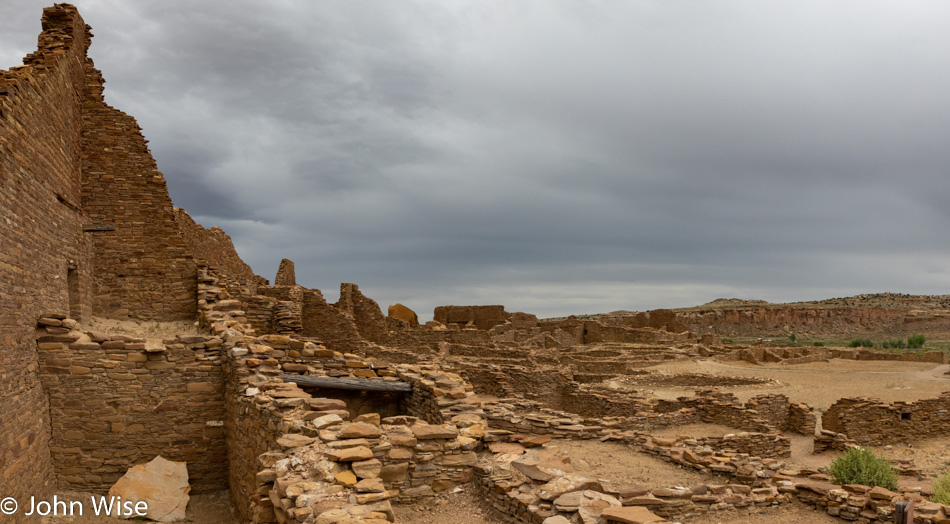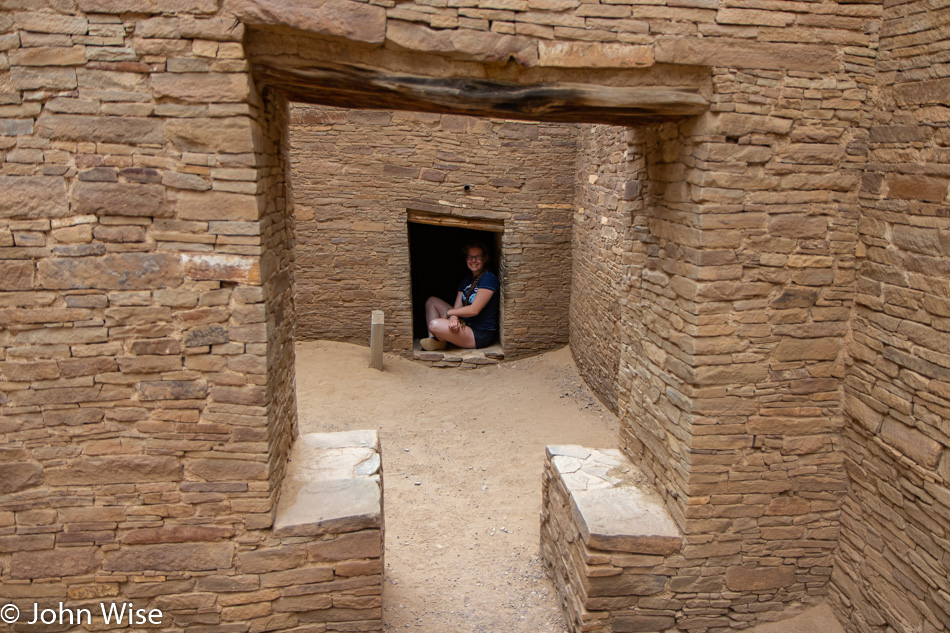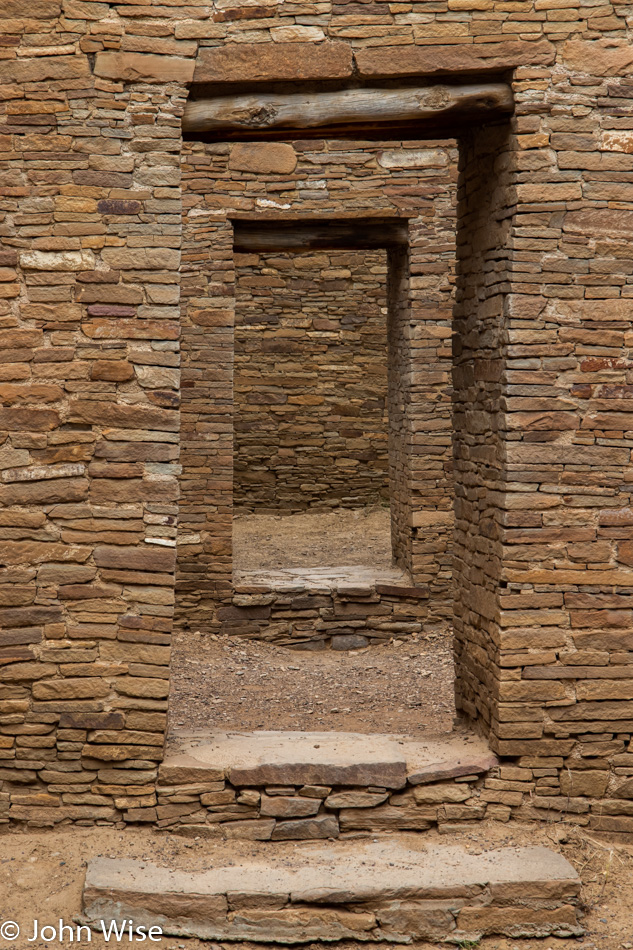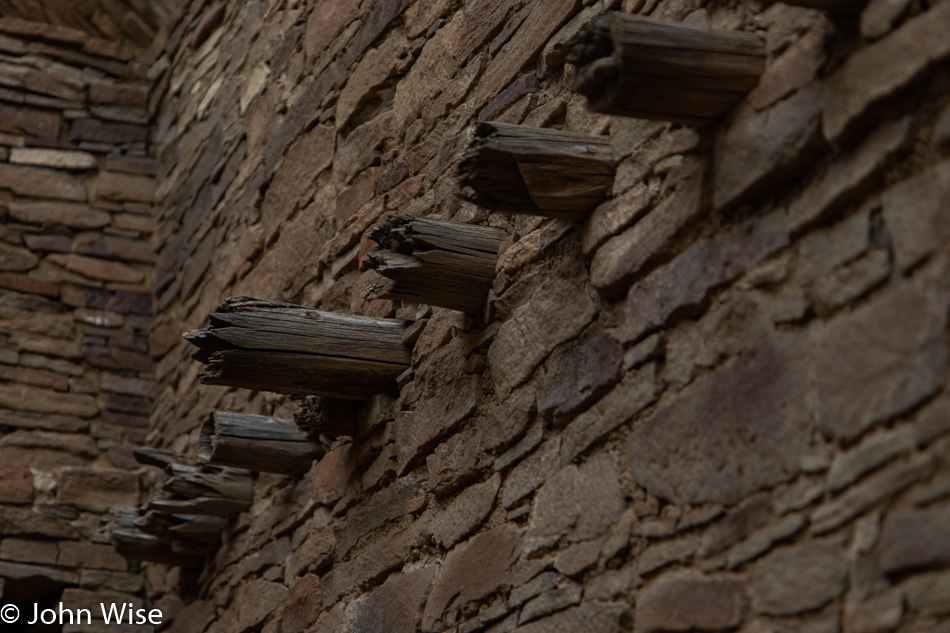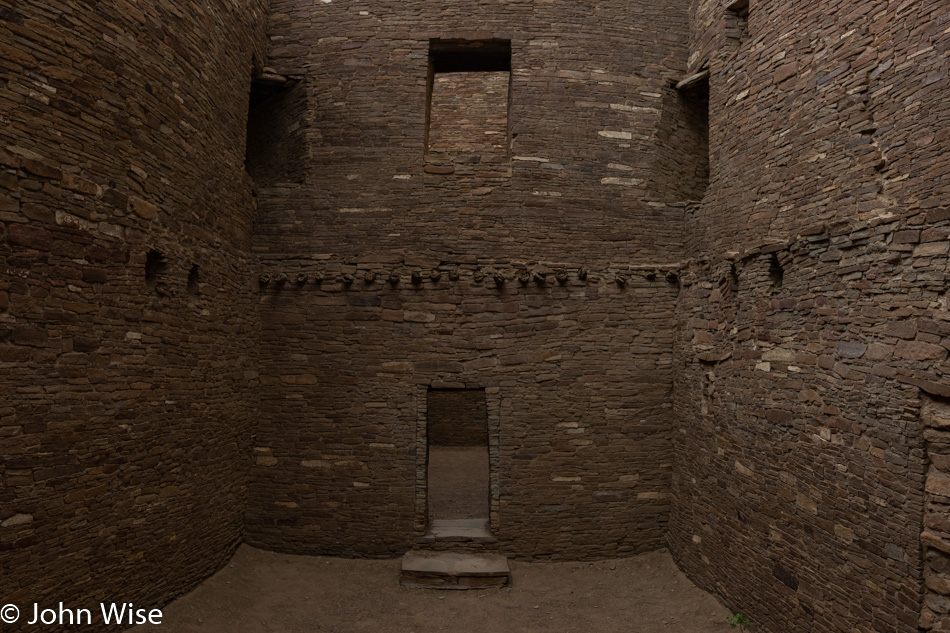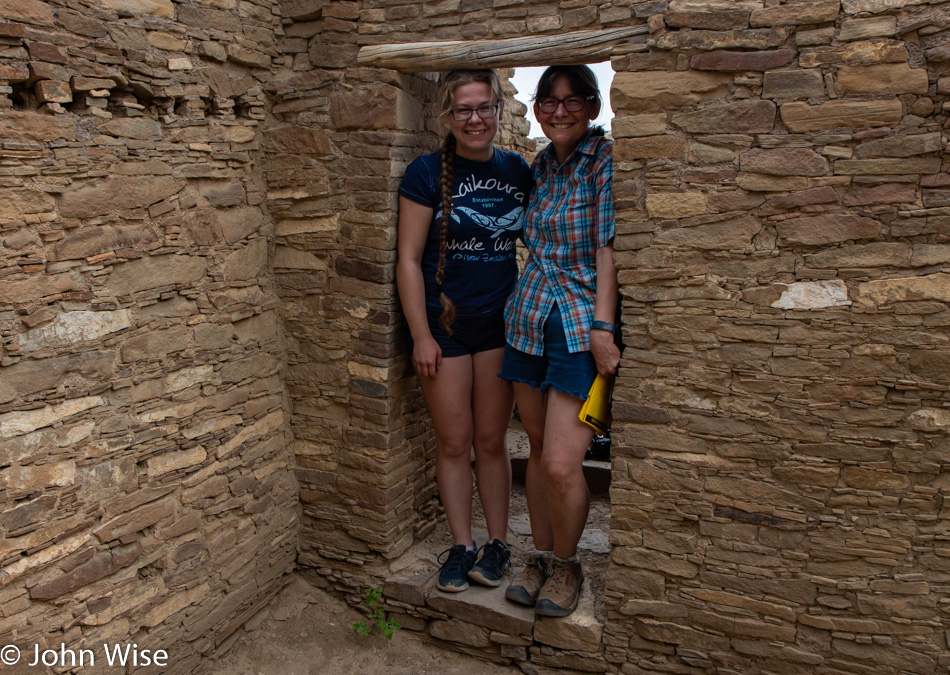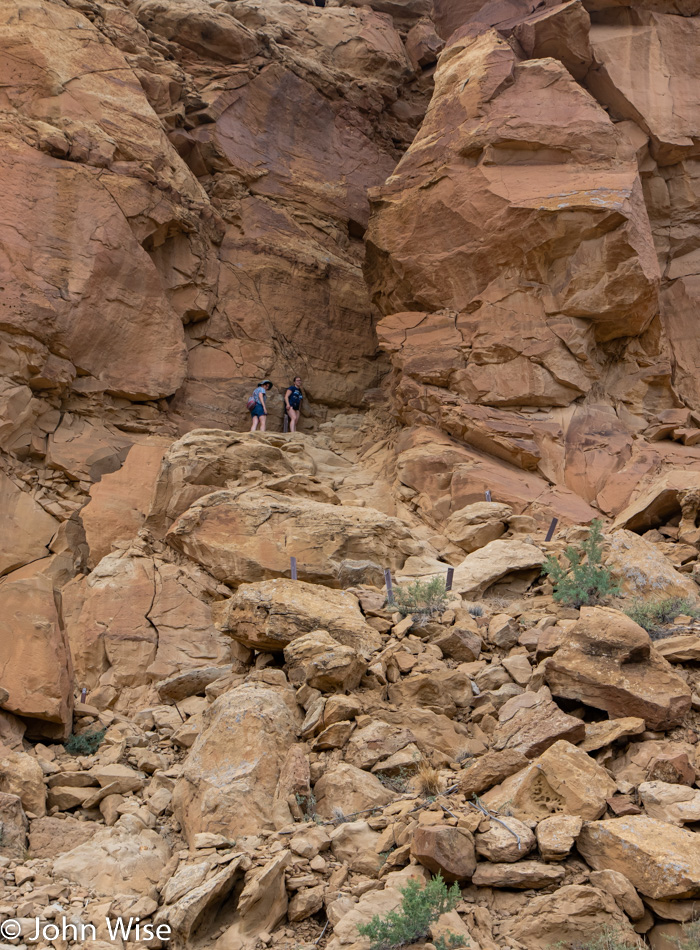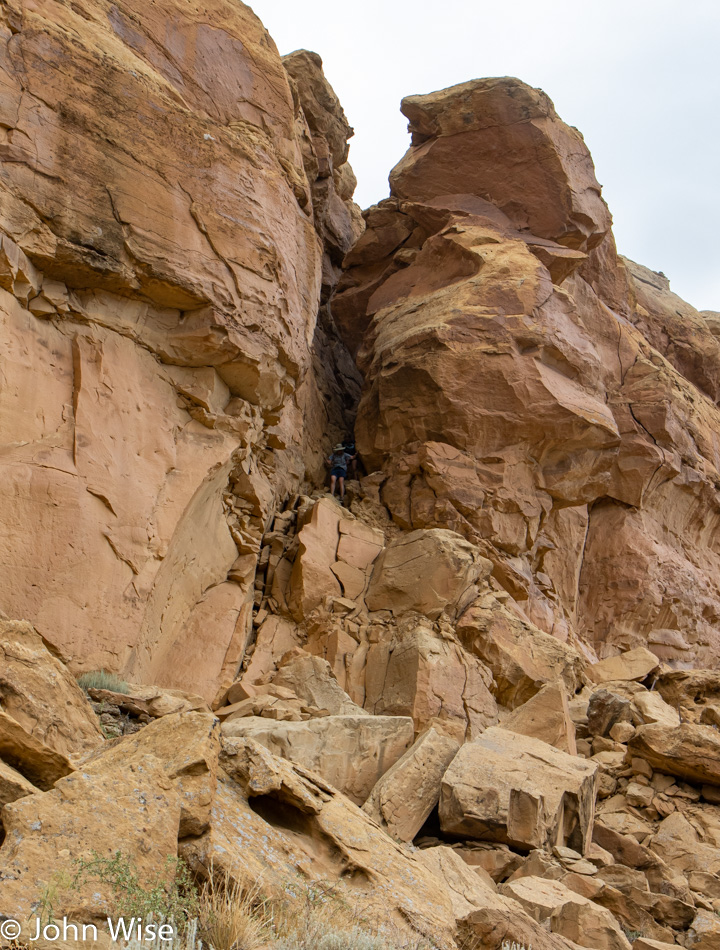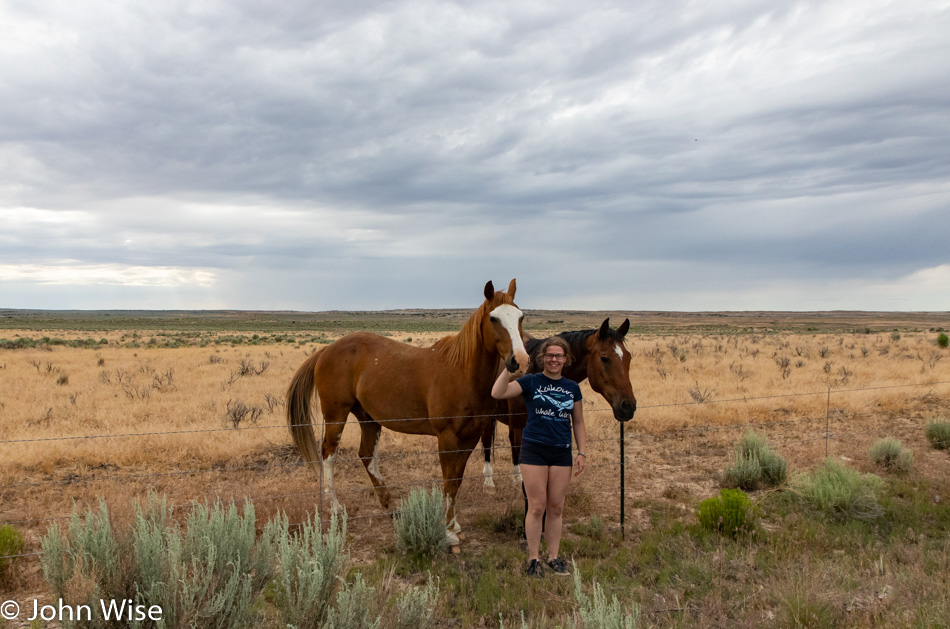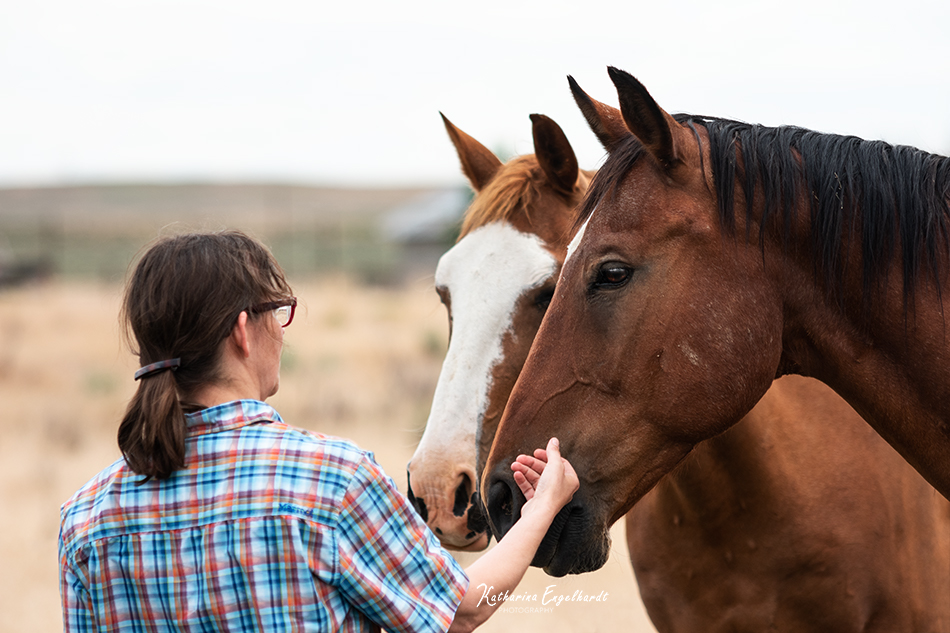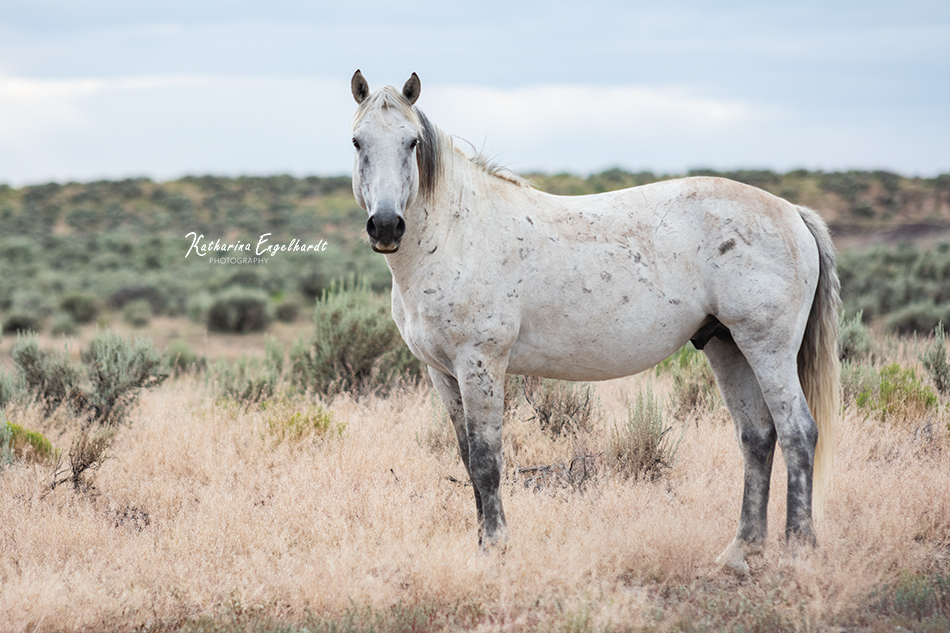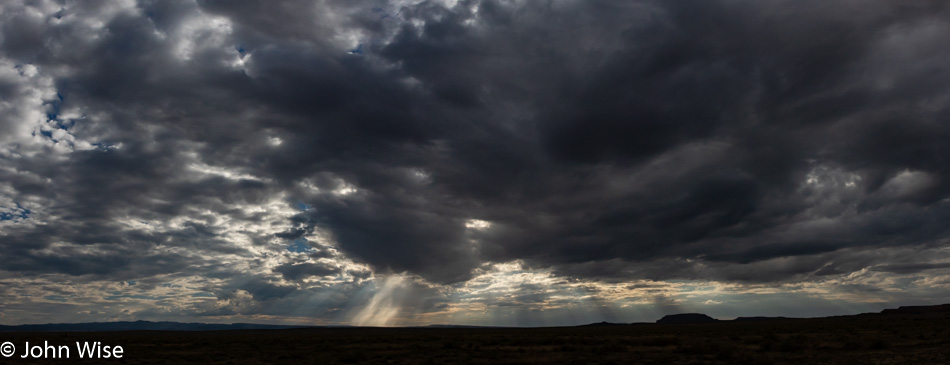
The venerable coffee shop and diner, an institution on the great American road trip, is faltering. Here is where our day should have begun, but with food prices rising, pay demands of those toiling in the service industry, and the migration of previously independent people moving back home due to dire economic consequences brought on by a pandemic, restaurants have little choice but to shut down or scale back operations, just as this institution in Socorro, New Mexico, had to do.
I wonder how much doubt was alive and well in those businesses that cater to the travel industry as the world entered the summer, not knowing which direction COVID-19 was going to take. Sure, many of us rushed to get vaccinated as soon as we could earlier in the year, but an equal number are swearing off ever getting a vaccination. So, with uncertainty about how things would progress, businesses appeared to be reluctant to staff up, especially knowing that there would be no global travelers descending on America, and this was compounded by shortages of parts and supplies that hamper car rental agencies trying to ramp up their fleets, which left everyone scratching their heads about what to do.
What everyone did was raise prices. Hotels and motels out here are expensive, car rentals are pricey, and feeding a family of four at even cheap restaurants is just shy of or even more than $100 for dinner. Caroline and I paid over $50 for breakfast on the California Coast back in May. As the green is being drained away by the higher cost of living, diminished opportunity, and a population moving in reverse intellectually, the colorful sparkle that has been so attractive about life in America is starting to appear tarnished.

Wind power is quietly being deployed across our country. Elon Musk has battled scorn and disbelief from those angry about the move from gasoline-powered cars to self-drive electric vehicles, but now all manufacturers are on board, validating his initiatives. Drought and fire are scarring the land and polluting the air, but still, a large segment of our population wants to deny that we are having any impact on the environment. Coal is still a critical element in our energy supply, though we are well aware of how it fouls water and air.
I want to see red, but I’m afraid that the opaque nature of our collective intelligence is blocking us from engaging in meaningful discussions that would be required to foster an embrace of change. The color drains from hope.

We try to communicate with aliens and land all manner of craft on Mars, but we can’t get through the backward attitudes buried deep in thick skulls. Many are entrenched in the fight against the perceived existential threat that they might have to change and learn anew how and where to operate in our world. We risk becoming aliens to modernity as we resist launching ourselves into new horizons. Searching the heavens with telescopes will never bring blue-sky clarity to a population mired in a universe of denial. As knowledge is passed through society, those entrenched in fear and conspiracy become negative refraction materials, suppressing humanity’s move toward greater enlightenment.

Fences keep animals in an enclosed area, but they also keep out trespassers. I wonder when knowledge became a dangerous beast that required barriers to keep the peace. Fences, while at times transparent, also arrive in the form of walls that stop others from looking in. It is my belief that we are building metaphoric walls between those who embrace the future and those who abhor the idea of any contact with things that might alter their intellectual underpinnings, such as they are.

There are spectrums of light, sound, thoughts, and flavors. When these things are refracted, they produce various phenomena that delight human senses. Take sunlight and water vapor; we see its effect in the sky when rainbows appear. Flavors, when combined, become something greater than the constituent parts. Thoughts become inventions and art, while sound can be formed into the music that makes us dance. When the vibrancy of potential in these spectra is diminished or even squashed between two poles, we are left with a damaged system of noise; dreams are turned black and white.
I will not choose between cherry or poop pie; that’s not a choice. I want a menu that features peach, coconut cream, apple, blackberry, and even pumpkin; I want to choose from a diversity of flavors. That diversity is a fact of life, but it doesn’t only govern our food, music, TV, and racial makeup; we must also adopt a diversity of thought. Right now, we are in a cultural war with only poop and rainbow pie on the menu; well, I’m ready for a heaping slice of rainbow pie while I still have a choice. The people eating a daily diet of Carlson Tucker’s secret poop pie recipe should consider the old saying, “You are what you eat.”
To try and exist on a monotrophic diet both physically or intellectually will ultimately damage your health, meaning you cannot eat carrots three times a day every day for years without consequences. And yet, this is what many Americans do regarding their intake of echo-chamber information. But why are so many returning again and again to the same thing? Fear. They are afraid that if they challenge their monolithic belief system, the world around them will collapse. Therefore they come back to the trough of affirmation that convinces them that only the poop pie will nourish them while everyone else nursing at the teat of the rainbow unicorn is being poisoned and will soon metamorphize into the spawn of demons, communists, pedophiles, or other detritus that they consider dangerous to their way of life.
The point here is that we need a spectrum of options that is not a bucket load of the same old, same old. Our world needs colorful alternatives. If things are only black or white, there are no choices for those who want to exist somewhere in the middle.

When culture and society are built like a house of cards, time and weather will easily wear down the structure, making the shelter quickly uninhabitable. America is in the process of breaking out the windows, punching holes into the roof and walls, and tossing out the conveniences of comfort that are the underpinnings of our country. It’s as though the outside is fighting to be inside, and the inside wants outside, or maybe they just want to eliminate differences by subordinating one to the other so all of it is the same.

But when we walk together, live together, and recognize our similarities, a different world opens where harmony might emerge. Out of harmony, we create new things, such as when we take up partners and produce offspring. Similarly, when harmony arises in a population, we create a culture that brings society forward and ultimately leads to an increase in the standard of living and access to more tools for even greater expression. Through creative expression and invention, we stand apart from the animals. Without it, we become the animals.

We step over barriers when we are at our best as we recognize that one side is much like the other. But if that barrier is a line demarking an ideological divide, then we bring weapons to defend this imaginary border, be they verbal or physical. The resultant stalemate or total conflagration might allow one side to hold their ground and not let the other take influence over their sacred beliefs and ways of living, but both sides ultimately lose out. Our fear of that onslaught that would accompany change has us needing to reinforce the dividing wall or fence that keeps us separate. This backward thinking is the fodder of intellectual regression and war.

The space between earth and clouds is vast, with a near-infinite number of hues that paint the landscape. Every minute of every day, life is coming and going, the clouds stream by, we grow older, and nothing is quite the same. It is this dynamic shifting of the view and our place in it that enchants so many of us humans into delight when we are afforded the luxury of watching big nature execute its script of constant change. And yet, we recoil at the thought of our own change, maybe because we are ultimately afraid of our own death, but that’s childish as this is at the heart of the contract that we must live with.

Right there in the middle between sky and ground, here and there, left and right, storm and sun, home and open road, experience is waiting for us to toss off inertia and put ourselves into the mix. We cannot find what we don’t know without moving into the unknown. If you’ve never been down the highway that takes you elsewhere, then how will you discover what might be right in front of you?

Down in the pit, deep below the surface, under the mountain, this is where we bury our demons, our poisons, our dead. In that darkness, there are no colors or light other than the eternal bleakness of being rendered blind. This is where the unilluminated minds of the voluntarily ignorant choose to exist, though they are convinced that all is bright and crystal clear to them and, often, only them. Throughout history, we have always looked uncomfortably at the wounds and scars that are opened in our efforts to make progress. Progress is only found in the march forward into certain uncertainty. You cannot escape the darkness, cowering under the rock you’ve always known.

Even if you need to stand alone, get out there and see what the potentially hostile terrain has to offer. There is nearly always something that can nourish you, even in the middle of the desert. Along the way, you might find that who you are traveling with is not really who you think they are, and when that person is you, you cannot simply deny things; you must keep going and find fertile ground. Don’t stop moving. Continue your march forward; you’ll likely ascend mountains if you just remain in motion.

At the end of the road, oh yeah, there is no end of the road; there’s just one more short pause on the way forward. But, when you sit down again to your diet of carrots with your closed mind and your fear of encountering what you don’t know yet, just remember that a world without the color of the rainbow is a world stuck between black and white, and you are only experiencing a tiny fraction of what the full spectrum of life has to offer.











